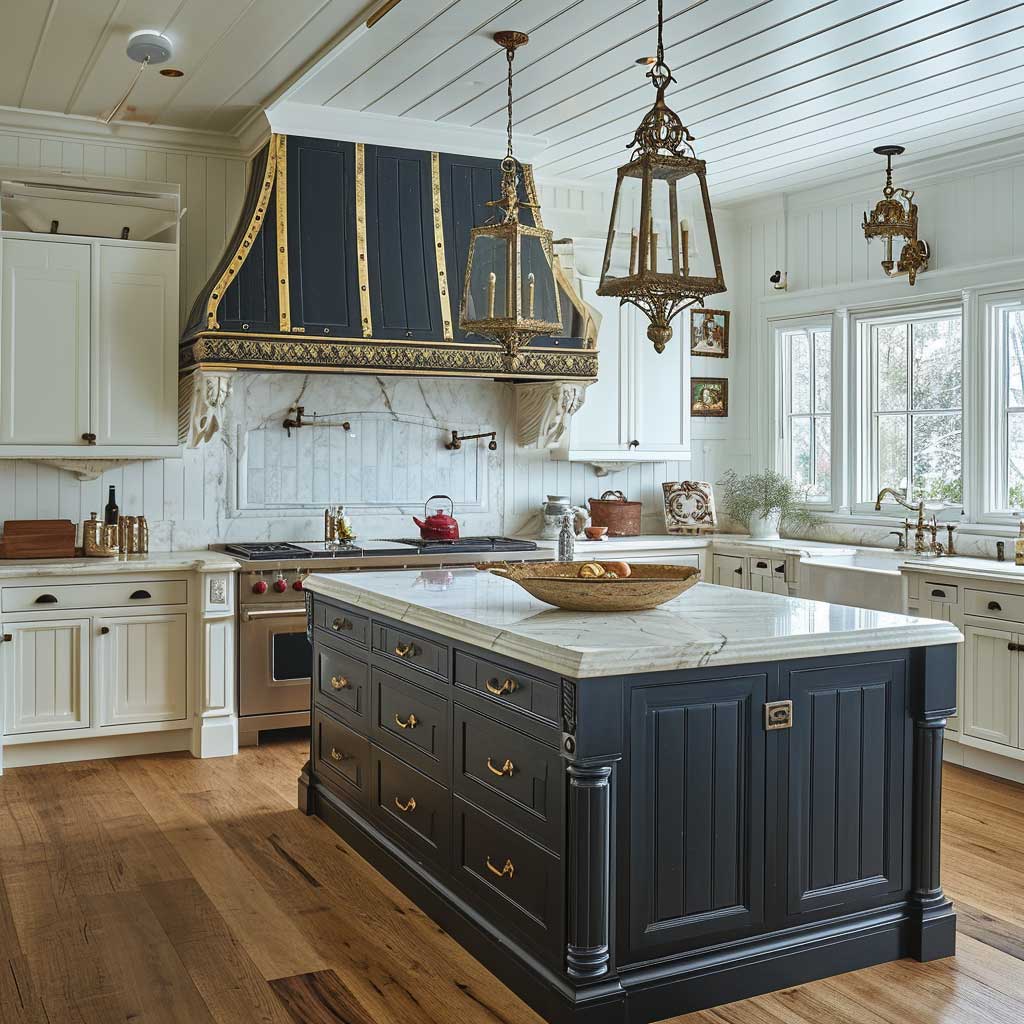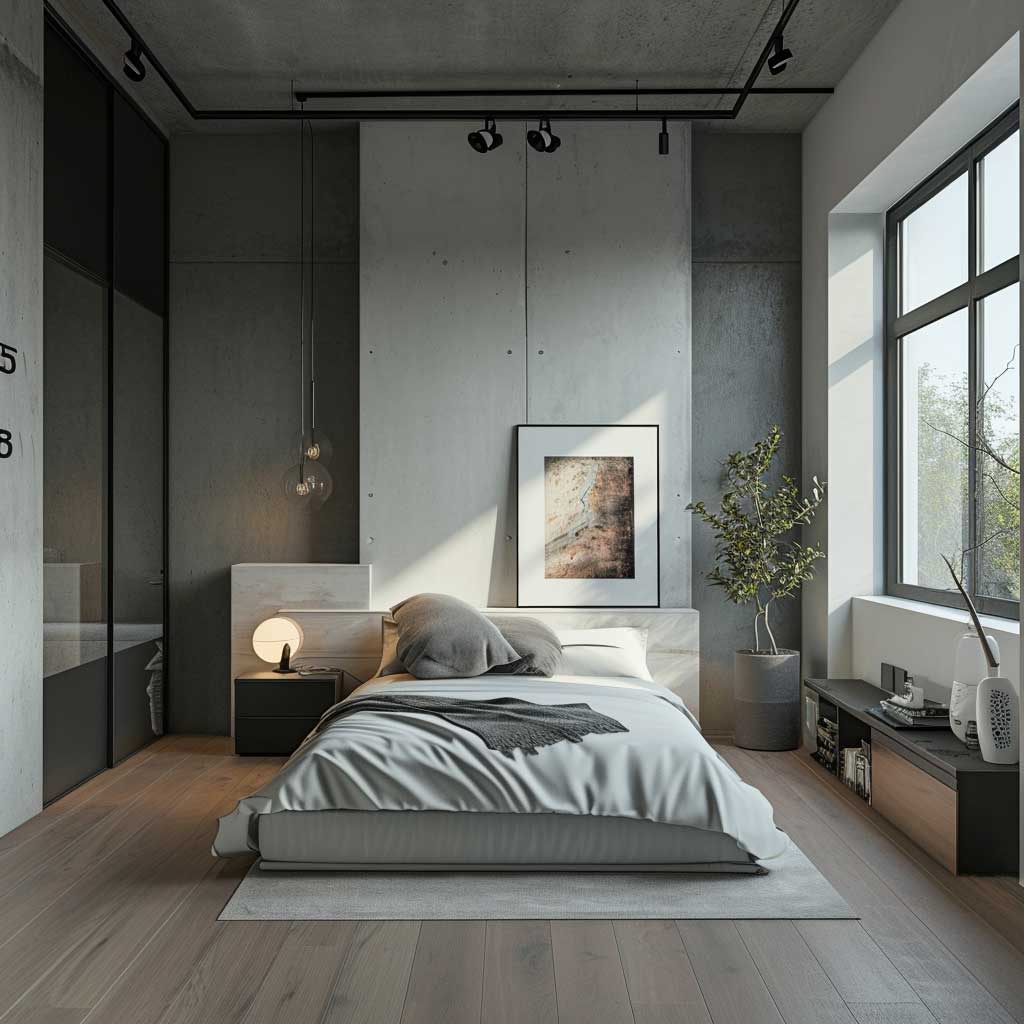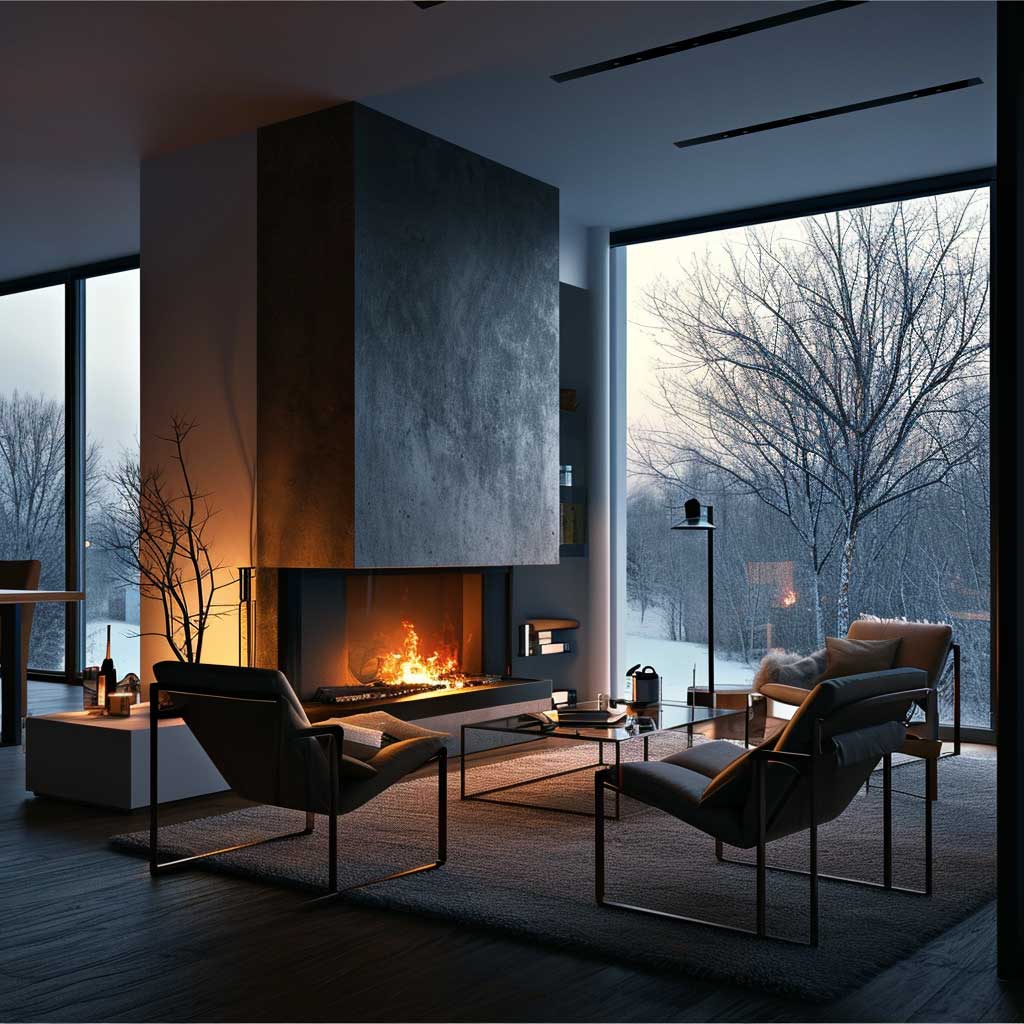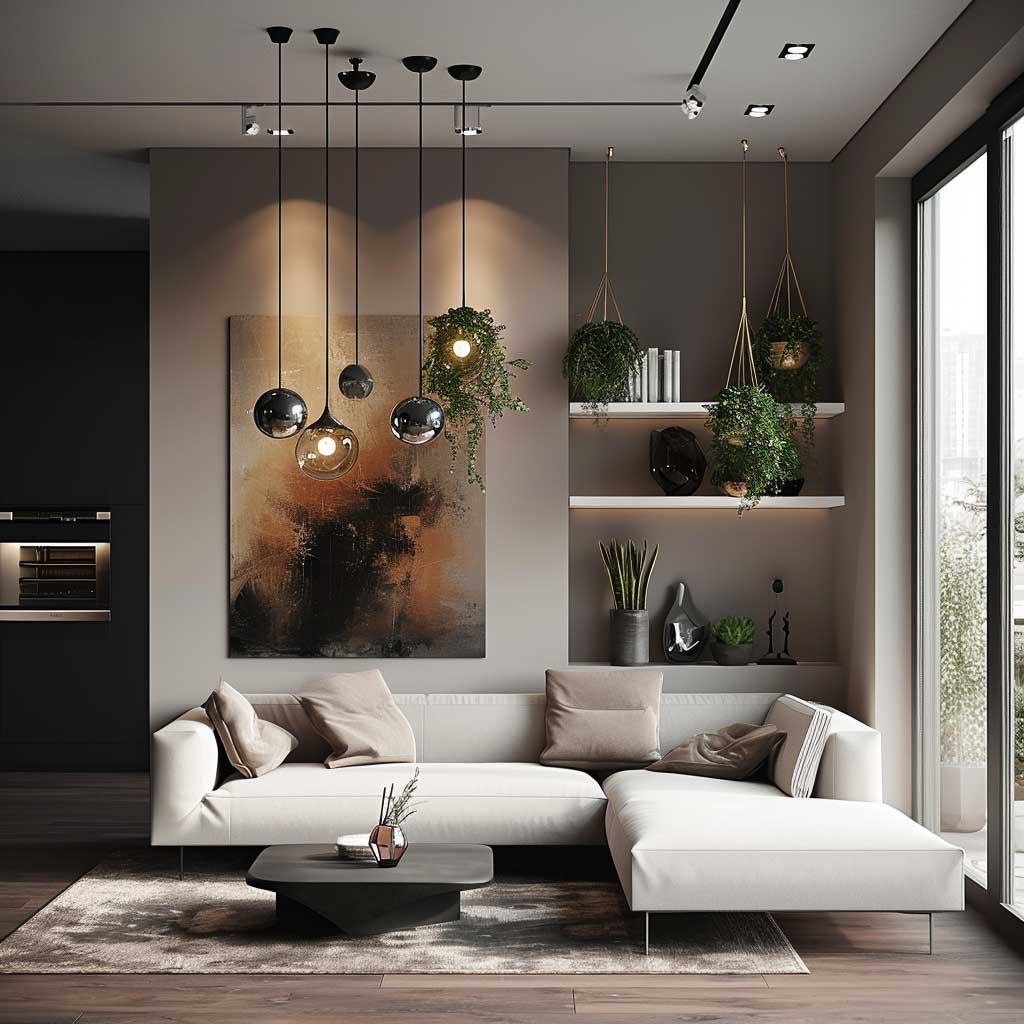Fluted wall design has emerged as a prominent feature in modern home interiors, offering a unique blend of texture and sophistication. This design element, characterized by its rhythmic vertical grooves, adds depth and character to any space. Incorporating fluted walls into home interiors not only enhances the aesthetic appeal but also creates a distinctive and modern look that can transform the ambiance of a room.
Modern Elegance with Fluted Wall Accents




The integration of fluted wall designs in modern interiors has become a hallmark of contemporary elegance. These designs, characterized by their vertical grooves, bring a unique textural element to spaces, blending the classic with the modern. Fluted walls are more than just a decorative feature; they are a statement of style and sophistication, offering a dynamic interplay of light and shadow that can transform the ambiance of any room.
In a contemporary living space, a fluted wall serves as an elegant accent, creating a focal point that draws the eye. The rhythmic pattern of the grooves adds depth and dimension to the room, breaking the monotony of flat surfaces. This design feature works exceptionally well in minimalist settings, where the simplicity of the decor allows the intricate details of the fluted wall to shine.
The choice of material for fluted walls can vary from wood to stone or even metal, each adding its unique texture and character to the space. Wood fluted walls bring warmth and natural beauty, creating a cozy and inviting atmosphere. Stone or concrete fluted walls, on the other hand, lend a sense of solidity and timelessness, ideal for a more dramatic and bold interior.




Color plays a crucial role in highlighting the fluted design. Neutral tones like whites, beiges, and grays are popular choices as they provide a subtle backdrop that accentuates the shadows and highlights created by the fluted pattern. For a more dramatic effect, darker hues can be used, adding a sense of depth and luxury to the space.
Lighting is key to showcasing the beauty of fluted walls. Strategic placement of light sources can enhance the textural play of the flutes, creating a dynamic visual effect. Ambient lighting works well to softly highlight the grooves, while accent lighting can be used to create more dramatic shadows and depth.
Furniture and decor in a room with a fluted wall should complement the feature without competing with it. Minimalist furniture with clean lines and a neutral color palette works well, allowing the fluted wall to be the star of the space. Decorative elements should be chosen with care, ensuring they enhance rather than overwhelm the room’s aesthetic.
In conclusion, modern elegance with fluted wall accents is a testament to the power of texture in interior design. It demonstrates how a simple design element can add sophistication and depth to a space, creating an interior that is both visually appealing and emotionally resonant.
Chic Fluted Wall Design in Luxurious Bedrooms




The incorporation of fluted wall design in luxurious bedrooms marks a shift towards a more textured and visually dynamic approach in interior styling. This design element, characterized by its rhythmic vertical grooves, adds a layer of sophistication and depth, transforming the bedroom into a space of refined elegance. The fluted wall becomes more than just a backdrop; it’s a statement piece that defines the room’s character and sets the tone for a luxurious sleeping area.
In a bedroom setting, a fluted wall design can serve as a stunning headboard or a feature wall, creating a focal point that draws immediate attention. The vertical lines of the fluting add height and drama to the room, making the space feel larger and more opulent. The texture of the fluted wall interacts beautifully with light, creating subtle shadows and highlights that change throughout the day, adding a dynamic and ever-evolving element to the room.
The choice of material for the fluted wall can range from classic wood to more modern materials like metal or composite. Wood offers warmth and a natural touch, bringing an organic element to the bedroom. In contrast, metal or composite materials can give a more contemporary and sleek look, aligning with a modern luxurious aesthetic.
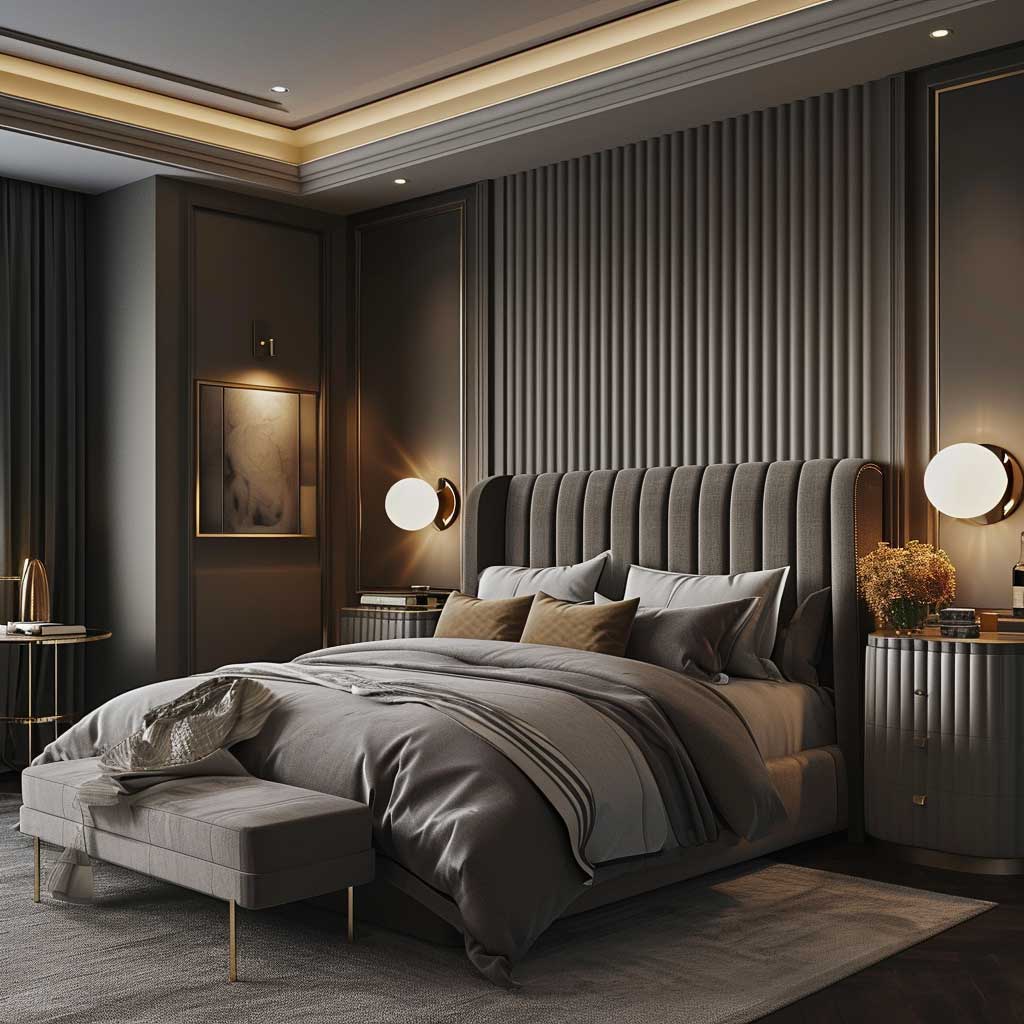



Color selection for the fluted wall is crucial in setting the room’s mood. Soft, muted tones can create a serene and calming environment, ideal for a bedroom. Alternatively, darker hues can be used to add drama and depth, making the fluted wall a bold statement piece. The color should complement the overall color scheme of the bedroom, ensuring a cohesive and harmonious design.
Lighting plays a significant role in enhancing the fluted wall’s impact. Soft, diffused lighting can accentuate the texture of the wall, creating a warm and inviting ambiance. Strategically placed accent lights can highlight the fluting’s depth, adding to the luxurious feel of the room.
The bedroom’s furnishings and decor should balance the fluted wall’s prominence. Plush bedding, elegant furniture, and luxurious fabrics can complement the wall’s texture, creating a cohesive and sophisticated look. The decor should be carefully curated to maintain the room’s luxurious feel, with each element contributing to a sense of harmony and elegance.
In summary, chic fluted wall design in luxurious bedrooms is a celebration of texture and sophistication. It showcases how a single design element can elevate the entire aesthetic of a room, creating a luxurious and inviting bedroom that is both stylish and comfortable.
Dynamic Fluted Wall Features in Stylish Dining Areas




The integration of dynamic fluted wall features in stylish dining areas represents a fusion of architectural interest and contemporary design. This design element, characterized by its vertical grooves, adds a layer of sophistication and texture, transforming the dining space into an area of visual intrigue and modern elegance. Fluted walls in dining areas are not just decorative elements; they are transformative, enhancing the dining experience by creating an atmosphere of refined style.
In a dining area, a fluted wall can serve as a captivating backdrop or a feature wall, instantly drawing the eye and setting the tone for the space. The vertical lines of the fluting add a sense of height and grandeur, making the dining area feel more spacious and inviting. The texture of the fluted wall interacts with the room’s lighting, creating a play of light and shadow that adds depth and movement to the space.
Material selection for the fluted wall is key to achieving the desired aesthetic. Wood fluted walls bring warmth and a natural element, ideal for creating a cozy and inviting dining atmosphere. Alternatively, materials like stone, metal, or composite can impart a more modern and sleek look, aligning with contemporary interior design trends.




The color palette for the fluted wall should complement the dining area’s overall design. Neutral tones can create a subtle and sophisticated backdrop, while bolder colors can make a dramatic statement. The chosen color should harmonize with the dining room’s furnishings and decor, ensuring a cohesive and balanced design.
Lighting is crucial in showcasing the fluted wall’s dynamic features. Ambient lighting can softly highlight the texture of the wall, while accent lighting, such as wall sconces or track lighting, can emphasize the fluting’s depth and create a dramatic effect. The lighting should enhance the dining experience, creating an inviting and comfortable atmosphere.
Furnishings and decor in the dining area should complement the fluted wall’s presence. A sleek dining table, contemporary chairs, and elegant tableware can align with the wall’s modern aesthetic. Decorative elements, such as artwork, mirrors, or sculptural pieces, can be used to add personality to the space, creating a dining area that is both stylish and functional.
In conclusion, dynamic fluted wall features in stylish dining areas offer a way to infuse modern elegance and architectural interest into the home. These designs demonstrate how a single impactful element can transform a space, creating a dining area that is not only visually appealing but also a delightful place to gather and dine.
The art of fluted wall design in home interiors represents a perfect marriage of form and function. These designs not only serve as a visual treat but also add a tactile dimension to the living space. Whether used as an accent in a living room, a statement in a bedroom, or a dramatic backdrop in a dining area, fluted walls offer endless possibilities for creative and stylish interior design.

